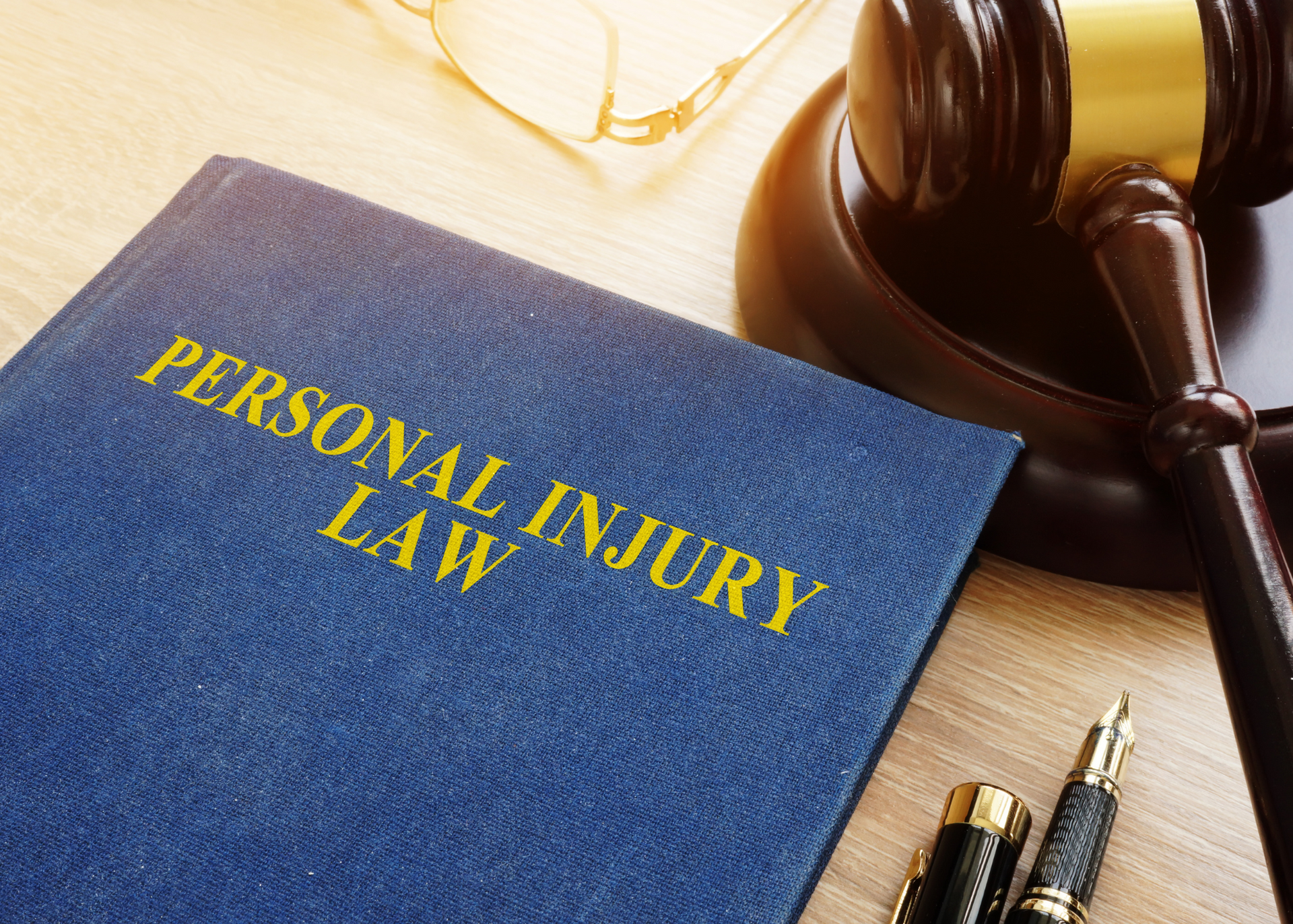The Differences Between Semi-Truck Accidents and Car Accidents
Not all vehicle accidents are the same. Many details and factors can affect an accident case. One of the most important details is the type of vehicle involved. Car accidents and semi-truck accidents are vastly different and can have very different outcomes when you hire an accident lawyer . If you’ve been in an accident, you must understand the differences between these two types of events. Keep reading to learn more.
Severity
One of the biggest differences between a car wreck and a semi-truck accident is the severity. Truck accidents are often more damaging simply because of the size of the vehicles in question; essentially, a semi-truck can make a much greater impact than a small car. This causes more damage and greater injuries to passengers that tend to be permanent or long-lasting.
Involvement of Trucking Companies
Another factor that makes a semi-truck accident different is that there's often the involvement of the trucking company to deal with. It’s often necessary to involve the help of an accident lawyer when the semi-truck belongs to a trucking company. If the case escalates into a lawsuit, you might find that it’s necessary to sue not only the driver but the trucking company as well.
If you have a claim against a trucking company, you may also find that you’re dealing with a very aggressive insurance company. This could also entail dealing with aggressive insurance company lawyers. Their goal is almost always to find a way to avoid paying out settlements for these accidents. This is a critical reason that you need a knowledgeable accident lawyer on your side during this type of case.
Complexity
When a semi-truck is involved in a vehicle accident, the case is often more complex. These complexities stem from the fact that more damage and injuries are involved. The case can also become more complex because there are commercial entities involved as far as the trucking company is concerned.
You may also discover that multiple insurance companies are involved as well. There could be multiple insurance companies because the cargo being transported by the truck is insured differently than the truck itself. These complexities can make it difficult for an individual to navigate an accident case on their own. An accident lawyer can be of great assistance in these cases.
Complicated Causes of Accidents
Truck accidents can also differ greatly from regular car accidents when it comes to the causes involved. It’s necessary to determine the cause of the accident to determine who was at fault. The causes of truck accidents can get tricky because semi-truck drivers have different safety requirements than regular drivers. It can also get tricky because other drivers have certain responsibilities when it comes to approaching a semi on the road.
Some accidents are a result of the truck driver not abiding by the necessary safety guidelines; other accidents may occur because the regular vehicle drivers don't provide the proper space and respect for a bigger truck. A truck accident could result because the truck couldn’t stop fast enough when a regular vehicle braked suddenly in front of them. This can be difficult to determine who's at fault since the semi-truck driver is limited when it comes to stopping time.
Equipment failure can also play a part in truck accidents as well. A truck company is required to maintain trucks and equipment according to certain standards. If these standards aren’t upheld, it can result in accidents. This often requires some investigation, which is something that a talented accident lawyer can assist you with.
Safety Regulation Laws
Trucking companies and even independent truck owners are required by federal law to uphold certain safety regulations. An accident lawyer will be well-versed in these laws and will be able to quickly identify when these regulations are being followed. You may not have this information and might miss important details that could help your case if you don't hire a professional.
These are just a few ways in which truck accidents differ from regular car accidents. Having an accident lawyer on your side is essential to the success of your case. It’s estimated that total motor vehicle injury costs were estimated at $498.3 billion in 2021 alone, according to the National Safety Council. If you've been in an accident and want the best chance at a fair settlement from your case, please contact our team at Wilson & Novak Law Offices today.

We will fight aggressively for get the compensation you deserve.
Schedule a free case analysis of your personal injury case.
Merrillville Personal Injury Law Firm
Wilson & Novak Law Offices
200 W 80th Place
Merrillville, IN 46410
Business Hours
- Mon - Fri
- -
- Sat - Sun
- Closed
From our offices in
Merrillville, we serve Indiana and Illinois, including these communities:
Hammond, East Chicago,
Griffith, Highland,
Gary, Whiting, Munster, Dyer, St. John,
Schererville, Cedar Lake, Lake Station,
Crown Point,
Merrillville, Leroy,
Hobart, New Chicago, Lowell, Lake Dalecarlia, Winfield, Miller, Lakes of the Four Seasons (LOFS), Lake Village, Dune Acres, Kouts, Demotte, Ogden Dunes,
Chesterton, Town of Pines,
Portage, Porter, Wheeler,
Valparaiso, Hebron, Beverly Shores, South Haven, Michigan City, LaPorte, Winamac, Lansing, Calumet City, Lynwood, Steger, Crete, Matteson, Dolton, Blue Island, Oak Lawn, Burnham, Tinley Park, Orland Park, Chicago Heights, Homewood, South Holland, Chicago, Hazel Crest, and Markham.
All Rights Reserved | Wilson & Novak Law Offices | Video Production by Initium Creative | Website Optimization by Compass Marketing
This website constitutes attorney advertising. This website is designed for general information only. The information presented on this website should not be construed to be legal advice or the formation of a lawyer/client relationship. Privacy Policy



